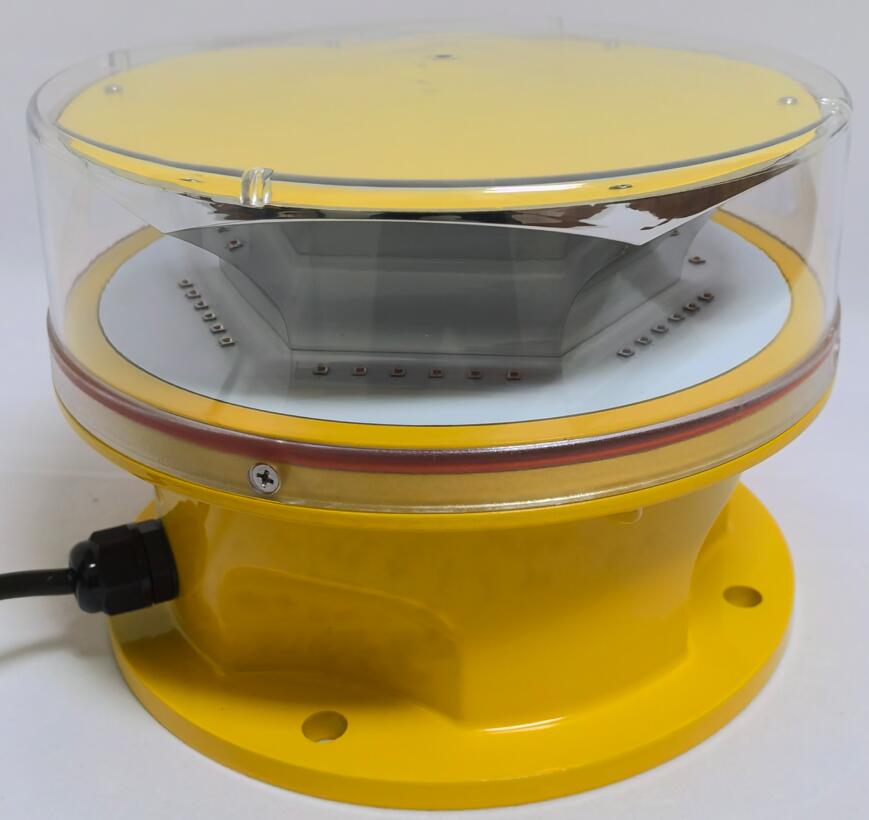Posted: 2025-04-04
As cities grow taller and denser, obstruction of light has become a pressing issue. Skyscrapers, bridges, and infrastructure block natural sunlight, affecting everything from energy efficiency to human well-being. This article examines the causes, consequences, and innovative solutions to mitigate obstruction of light in modern urban planning.
Understanding Obstruction of Light
Obstruction of light occurs when man-made or natural structures prevent sunlight from reaching an area. Common causes include:
High-Rise Buildings: Closely packed towers cast long shadows.

Overhead Infrastructure: Bridges and highways block light at street level.
Poor Urban Planning: Lack of spacing between structures exacerbates the issue.
This phenomenon impacts energy consumption, public health, and even property values.
| obstruction of light |
Consequences of Light Obstruction
The effects of obstruction of light are far-reaching:
1. Reduced Natural Lighting in Buildings
Increased reliance on artificial lighting, raising energy costs.
| obstruction of lights |
Lower productivity and mood in workplaces with limited sunlight.
2. Environmental and Health Concerns
Lack of sunlight affects vitamin D synthesis, leading to health issues.
Shaded areas may retain moisture, promoting mold growth.
3. Impact on Solar Energy Systems
Buildings and trees blocking sunlight reduce solar panel efficiency.
Cities with excessive shadows struggle to meet renewable energy goals.
Regulations and Urban Planning Strategies
Many cities have introduced measures to minimize obstruction of light:
Setback Requirements: Mandating space between tall buildings to allow sunlight penetration.
Daylight Access Laws: Ensuring streets and public spaces receive adequate light.
Shadow Studies: Architects must analyze how new buildings will affect surrounding areas.
For example, London’s "Right to Light" laws protect residents from excessive shadowing by new developments.
Innovative Architectural Solutions
Designers are adopting creative approaches to combat obstruction of light:
Reflective Facades: Buildings with mirrored surfaces redirect sunlight to darker areas.
Stepped Designs: Terraced structures reduce shadow impact on neighboring buildings.
Light Shelves: Horizontal surfaces inside windows bounce light deeper into rooms.
Technological and Green Solutions
Advancements in technology and sustainable design help mitigate light obstruction:
Smart Glass: Adjusts transparency to optimize natural light entry.
Solar Tracking Systems: Panels that follow the sun maximize energy capture.
Vertical Gardens: Green walls can diffuse light while improving air quality.
Case Studies: Cities Tackling Light Obstruction
1. New York City, USA
Strict zoning laws limit building heights in certain areas to preserve sunlight.
The "Sunshine Ordinance" ensures public parks remain unobstructed.
2. Tokyo, Japan
Uses angled building designs to minimize shadows on streets.
Encourages rooftop gardens to offset light blockage.
3. Copenhagen, Denmark
Prioritizes low-rise, spaced-out buildings to maximize daylight exposure.
Implements solar access studies for all major developments.
Future Trends in Reducing Light Obstruction
As urbanization accelerates, new strategies are emerging:
AI-Powered Shadow Mapping: Simulates sunlight patterns before construction.
Dynamic Building Materials: Surfaces that adapt to optimize light reflection.
Underground Urban Expansion: Moving certain infrastructures below ground to free up sunlight at street level.
Obstruction of light is a growing challenge in modern cities, affecting health, energy use, and quality of life. Through smart urban planning, innovative architecture, and technology-driven solutions, cities can reduce shadows and create brighter, more sustainable environments.
Balancing development with sunlight access is not just an aesthetic concern—it’s essential for a healthier, more efficient urban future. By addressing obstruction of light, we can design cities that are both towering and luminous.